- Joined
- Jul 7, 2000
Index to all instalments
Saturday, 24th July
I wake at 2:30am and again shortly after 4am. I try various meditative techniques in an attempt to drop off, even resorting to the age-old sheep counting trick, but when Matt wakes at 5:20am, I decide there’s little point battling with it any further. After unpacking, we creep into the lounge trying not to disturb Susan, but she soon joins us having had a similarly disturbed night. She makes tea, whilst I attempt to fire up the laptop in order to write up yesterday’s trip notes. Checking the bill from Pete’s Place, we realise that we weren’t charged for the beers we had with our meal last night. We consider phoning, but figure that doing so could potentially cause problems for our server, so decide there’s nothing for it but to settle for free beer however it came our way. :cheers:
We drive to Sweetie Pie’s in downtown Sand Springs, for breakfast. Sand Springs is a pretty little suburb of Tulsa, founded in 1912 by philanthropist, Charles Page with the building of the Sand Springs Home and Widows Colony.
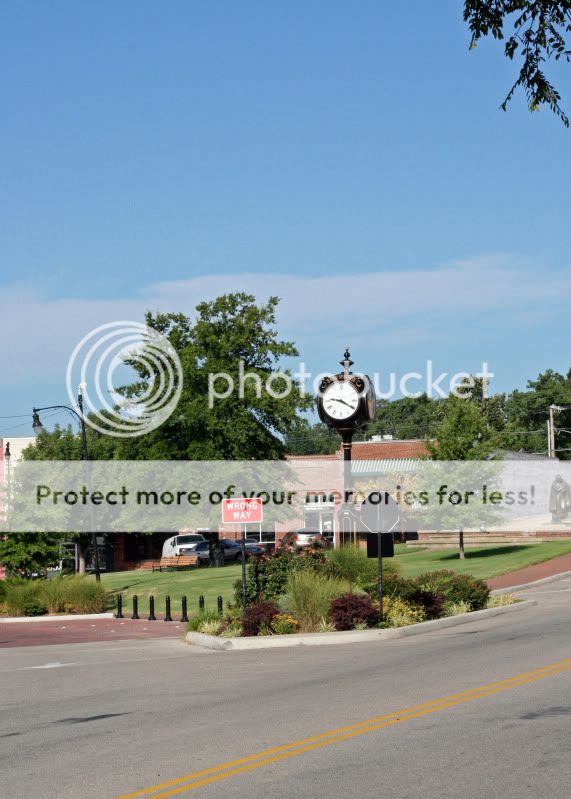
Sweetie Pie’s is a tiny bakery-cum-café right in the town centre. Luckily we’re the only people here and we take a seat at the little counter. For both Susan and me, the huge cinnamon rolls, dripping with frosting, look way too good to resist. Matt’s intrigued by the sausage rolls which are encased in bread dough, rather than pastry as we’re used to in the UK. As we get up to leave, I’m presented with a loaf of freshly baked bread. These Oklahomans sure are friendly! [Over the course of the next two weeks, we’ll come to learn that the term Southern Hospitality describes a very real phenomenon.]
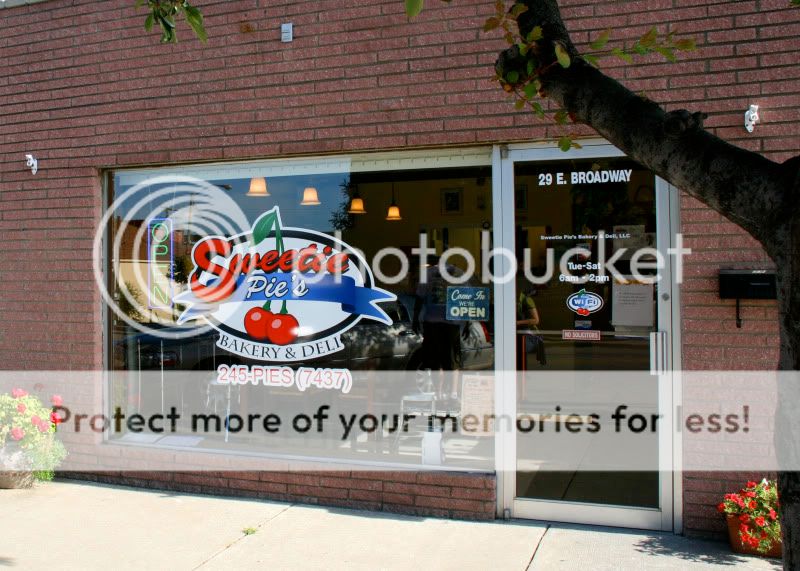
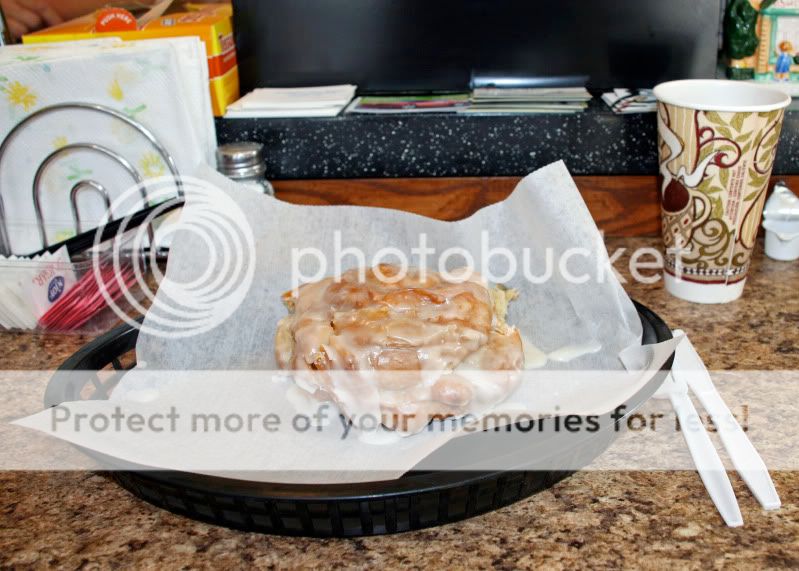
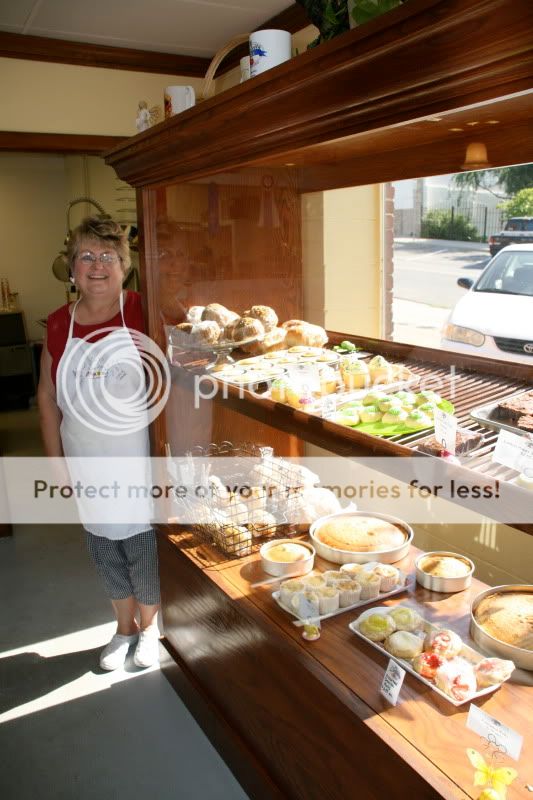
Our destination today is Tahlequah, around an hour and half east of Tulsa. Tahlequah is the capital of both the Cherokee Nation and the United Keetoowah Band of Cherokee Indians, having been settled in 1839 following forced removal from their ancestral homelands in the Southwestern United States (commonly known as the Trail of Tears).
As we drive into town, we slow down to take a look at the whackily named Sam ‘n’ Ella’s Chicken Palace (read it aloud) which, bizzarely, is actually a pizza joint. Our first stop, just a stone’s throw away, is Northeastern State University, where Susan studied. Its centrepiece, and the oldest building on campus, is the former Cherokee Female Seminary.
This is a beautifully maintained facility and dominates the vista as we approach it along Muskogee Avenue. We park the car and, as we make our way via the paved walkway towards Centennial Plaza and the statue of Sequoyah, it’s impossible not to be impressed. Both memorials were installed to mark the celebration, in 2009, of 100 years as a state institution.
All around Tahlequah, names are depicted in both English and Cherokee. This street sign caught my eye as we drove through due to its British connection. That it also illustrates my point is an unexpected bonus.
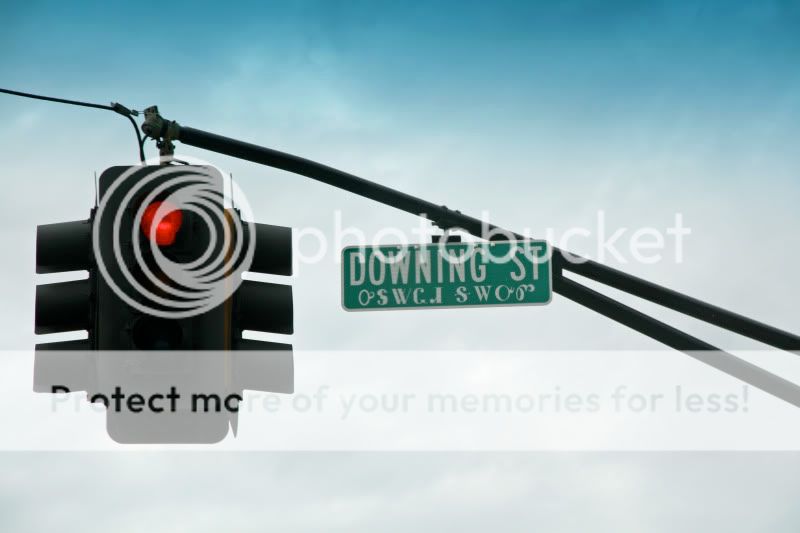
We realise that a lens cap is missing and it doesn’t take long to figure out that we must have left it at Sweetie Pie’s. They’re relieved to receive Susan’s call as they had no idea how they were going to track us down, and we arrange to collect in on Tuesday when they next open.
Saturday, 24th July
I wake at 2:30am and again shortly after 4am. I try various meditative techniques in an attempt to drop off, even resorting to the age-old sheep counting trick, but when Matt wakes at 5:20am, I decide there’s little point battling with it any further. After unpacking, we creep into the lounge trying not to disturb Susan, but she soon joins us having had a similarly disturbed night. She makes tea, whilst I attempt to fire up the laptop in order to write up yesterday’s trip notes. Checking the bill from Pete’s Place, we realise that we weren’t charged for the beers we had with our meal last night. We consider phoning, but figure that doing so could potentially cause problems for our server, so decide there’s nothing for it but to settle for free beer however it came our way. :cheers:
We drive to Sweetie Pie’s in downtown Sand Springs, for breakfast. Sand Springs is a pretty little suburb of Tulsa, founded in 1912 by philanthropist, Charles Page with the building of the Sand Springs Home and Widows Colony.
In 1912 Page began the construction of a colony for widowed and divorced women with children to support. The colony consisted of 40 three-room shotgun houses. As years passed and the old colony homes began to fall into disrepair they were replaced with new two-bedroom brick cottages. The colony grounds came complete with a chapel and a nursery. Each house was complete with free water, gas, electricity, rent, and a quart of milk per child per day. In order for a woman and her family to live in the colony she had to have at least one child still in school or college, her children had to maintain a "C" average in school and they had to observe all the colony rules of behaviour.
Charles Page died in 1926, but is still remembered in his community. The main street is named Charles Page Boulevard; Sand Springs' high school is named Charles Page High School in his honour; and in the town’s centre is a statue of him next to the library, also named for him. The Sand Springs Home continues to help families and children today.

Sweetie Pie’s is a tiny bakery-cum-café right in the town centre. Luckily we’re the only people here and we take a seat at the little counter. For both Susan and me, the huge cinnamon rolls, dripping with frosting, look way too good to resist. Matt’s intrigued by the sausage rolls which are encased in bread dough, rather than pastry as we’re used to in the UK. As we get up to leave, I’m presented with a loaf of freshly baked bread. These Oklahomans sure are friendly! [Over the course of the next two weeks, we’ll come to learn that the term Southern Hospitality describes a very real phenomenon.]



Our destination today is Tahlequah, around an hour and half east of Tulsa. Tahlequah is the capital of both the Cherokee Nation and the United Keetoowah Band of Cherokee Indians, having been settled in 1839 following forced removal from their ancestral homelands in the Southwestern United States (commonly known as the Trail of Tears).
As we drive into town, we slow down to take a look at the whackily named Sam ‘n’ Ella’s Chicken Palace (read it aloud) which, bizzarely, is actually a pizza joint. Our first stop, just a stone’s throw away, is Northeastern State University, where Susan studied. Its centrepiece, and the oldest building on campus, is the former Cherokee Female Seminary.
The Cherokee people understood the value of educating their children and quickly formed a public school system. In 1847 they began building two institutions of higher learning in and around their new capital city of Tahlequah. Both the male and female seminaries opened on May 7th, 1851 and taught the equivalent of a college preparatory level of education.
The first female seminary was located in Park Hill, just south of Tahlequah. On Easter Sunday, 1887, it burned to the ground. Three original columns remain and can be viewed at the original site on the grounds of the Cherokee Heritage Center (where we’re headed next). Two reconstructed columns, made from bricks gathered from the rubble, stand on the southwest lawn of the modern-day campus.
The Cherokees were determined to rebuild and to offer the same high level education for their women. In 1889, the female seminary was rebuilt in Tahlequah at a cost of over $60,000.
This is a beautifully maintained facility and dominates the vista as we approach it along Muskogee Avenue. We park the car and, as we make our way via the paved walkway towards Centennial Plaza and the statue of Sequoyah, it’s impossible not to be impressed. Both memorials were installed to mark the celebration, in 2009, of 100 years as a state institution.
Centennial Plaza
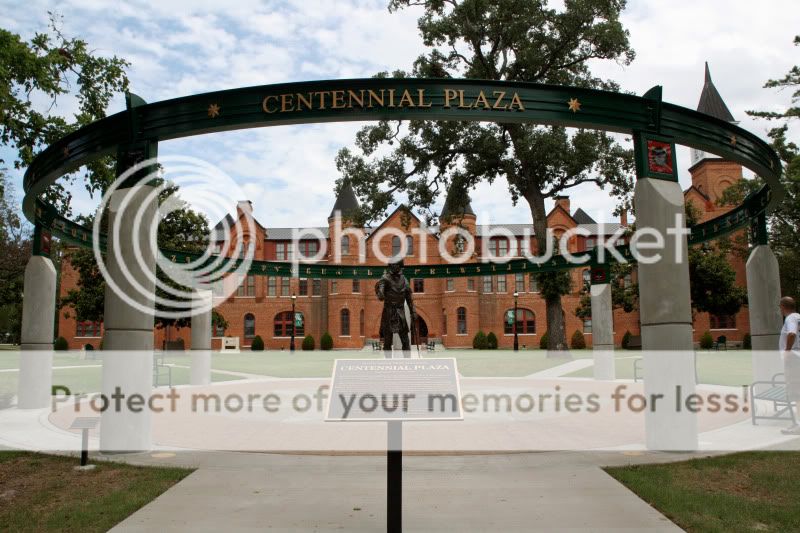
Statue of Sequoyah
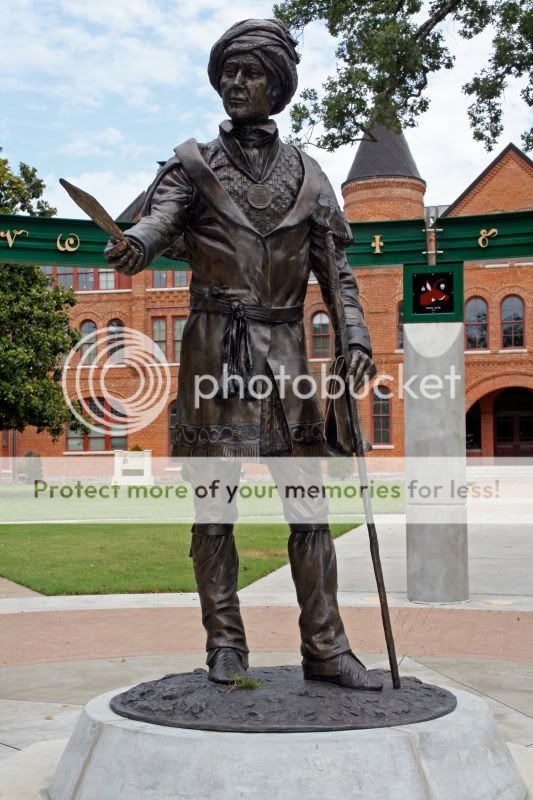
Seminary Hall and NSU’s greatest alumna
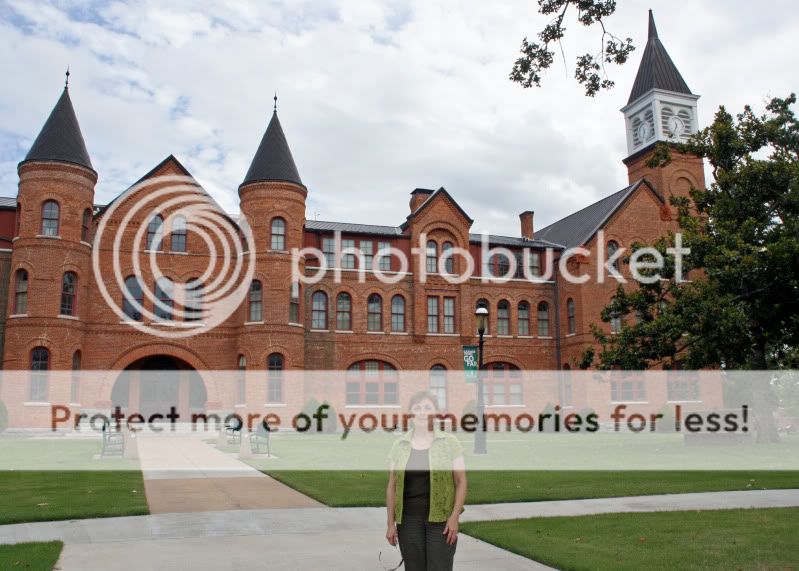
One of the two reconstructed columns
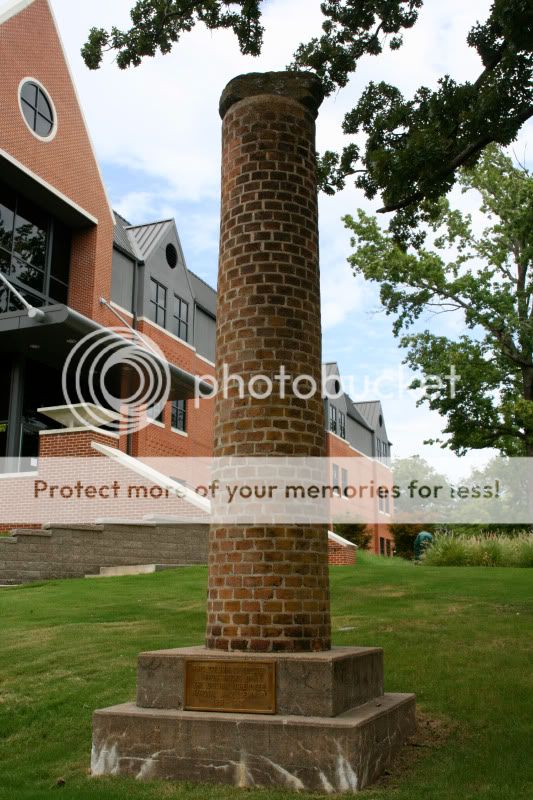
The original Women’s Seminary with its distinctive pillars
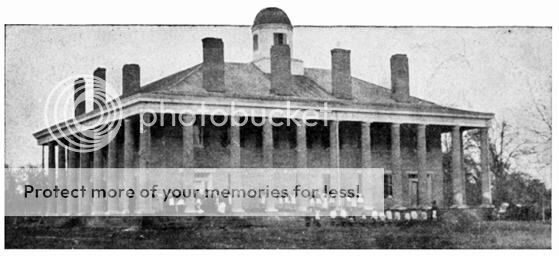
The rebuilt seminary
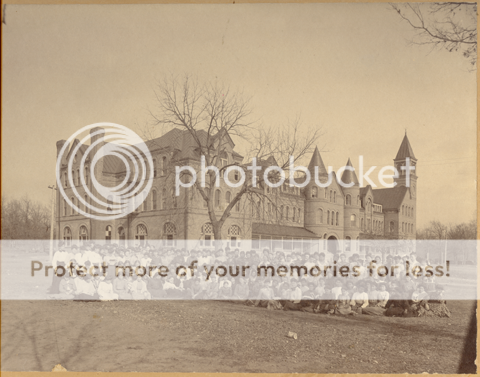
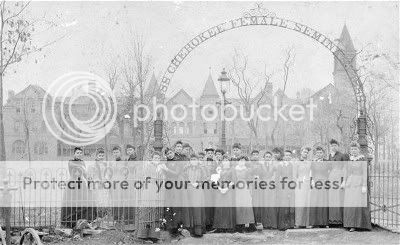
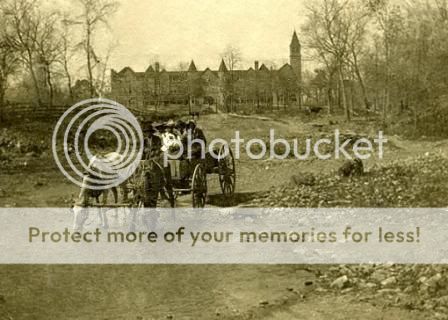

Statue of Sequoyah

Seminary Hall and NSU’s greatest alumna

One of the two reconstructed columns

The original Women’s Seminary with its distinctive pillars

The rebuilt seminary



The story of Sequoyah is a fascinating one, so I make no apologies for the length of this sidebar. There are various versions, but each of them conveys the same basic premise. He was a Cherokee silversmith who, in 1821, developed a written version of the Cherokee language, called a syllabary. This syllabary is one of the world’s great literary achievements as it was written by a man who was not literate in any language.
Curious about the “talking leaves” (writings) of the white settlers with whom he dealt regularly, he was inspired to devise a means of written communication in the Tsa la gi, or Cherokee, language.
His first attempts were to create a symbol for each word, but it wasn’t until he abandoned this idea and sought, instead, to represent sounds, that he began to make progress. He realised that there were 85 syllables used to make up words in the Cherokee language and created symbols to match. Enduring ridicule from family and tribal members, and unable to find anyone willing to learn his syllabary, he taught it to his daughter, A-Yo-Ka. At one point they were charged with witchcraft and brought before their town chief for trial. Sequoyah asked the tribal leaders each to say a word of their choice which he then wrote down before calling in his daughter to read them back. This demonstration convinced them to allow further tutelage.
Within a year of its introduction, 90 percent of the Cherokee people could read and write because the syllabary was so logical to the native speaker. This rate of literacy remains unprecedented. Sequoyah was rewarded for his achievement in 1924 with a silver medal from the General Council of the Cherokee Nation.
All around Tahlequah, names are depicted in both English and Cherokee. This street sign caught my eye as we drove through due to its British connection. That it also illustrates my point is an unexpected bonus.

We realise that a lens cap is missing and it doesn’t take long to figure out that we must have left it at Sweetie Pie’s. They’re relieved to receive Susan’s call as they had no idea how they were going to track us down, and we arrange to collect in on Tuesday when they next open.
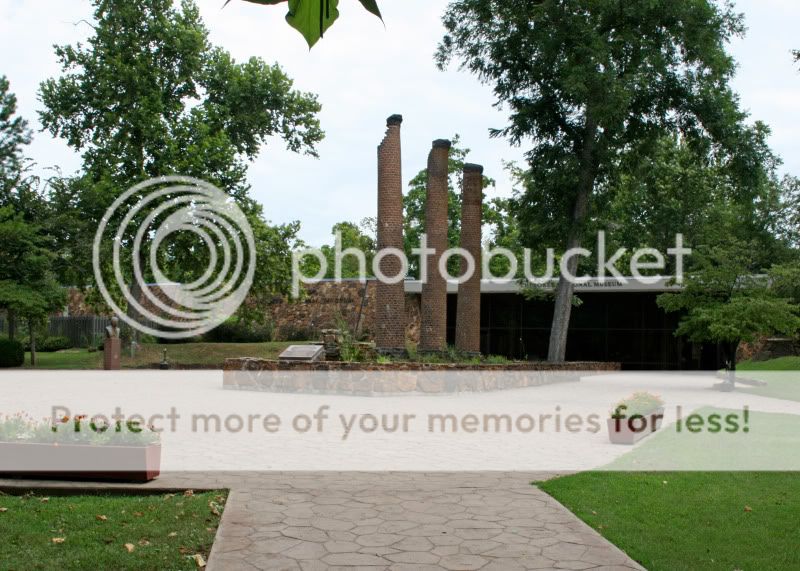
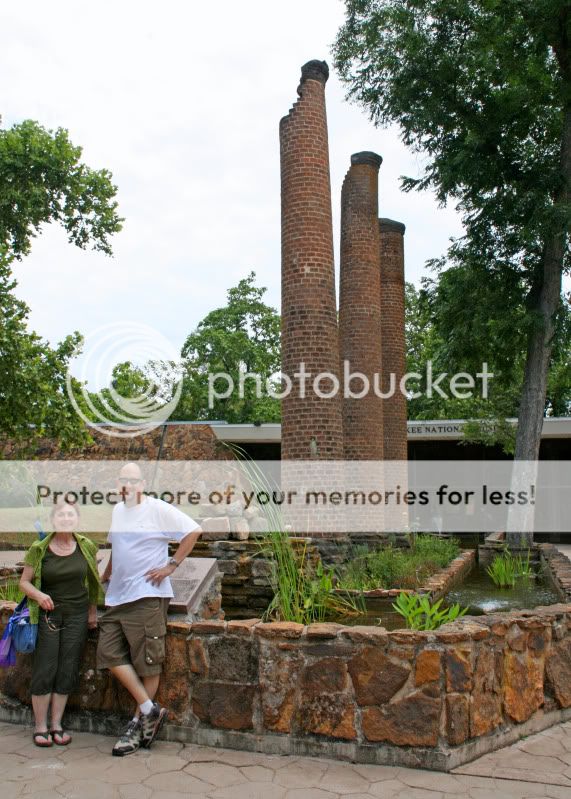
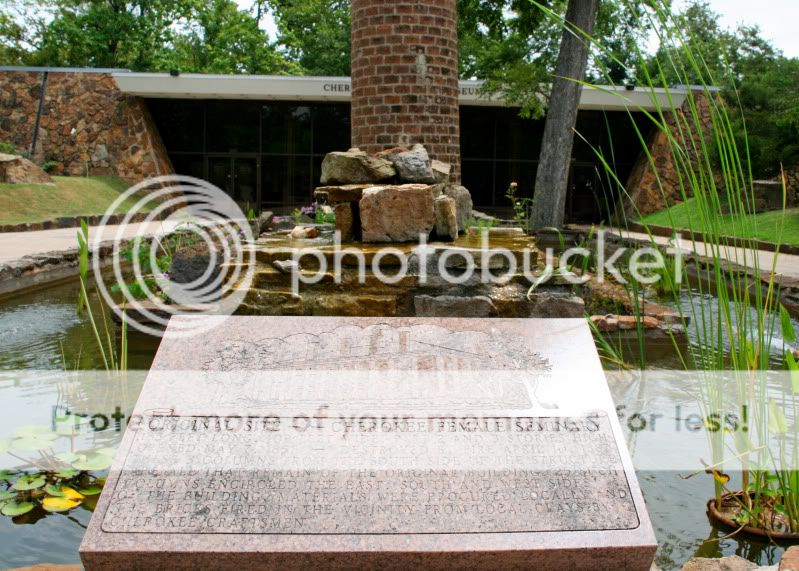
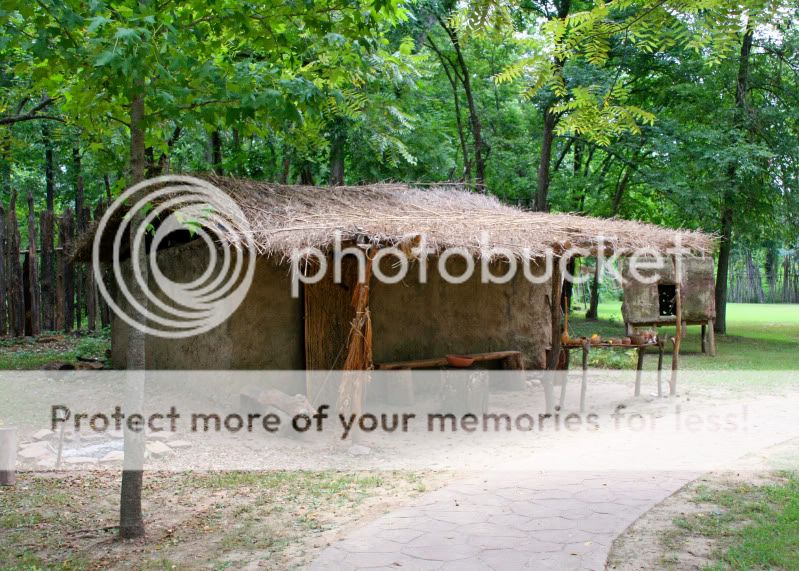
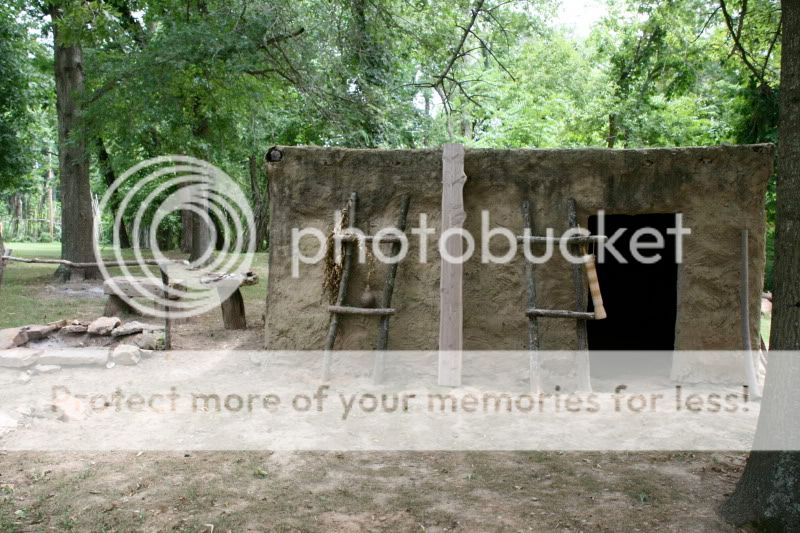
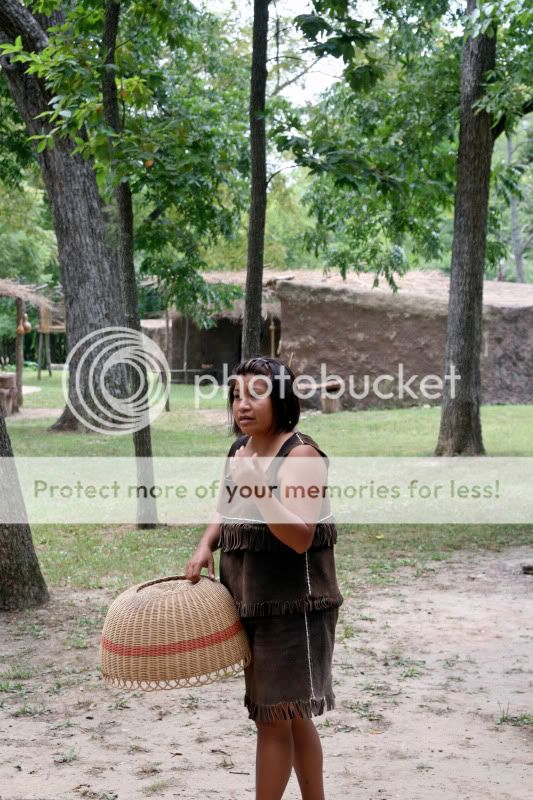
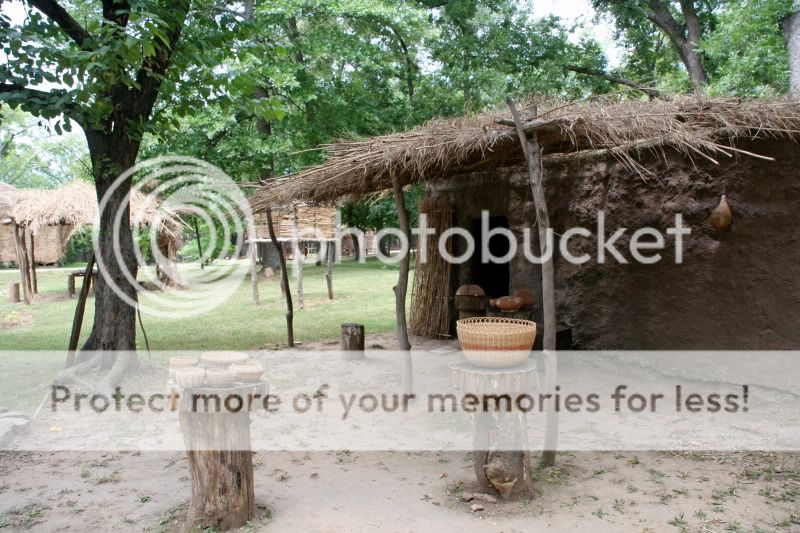
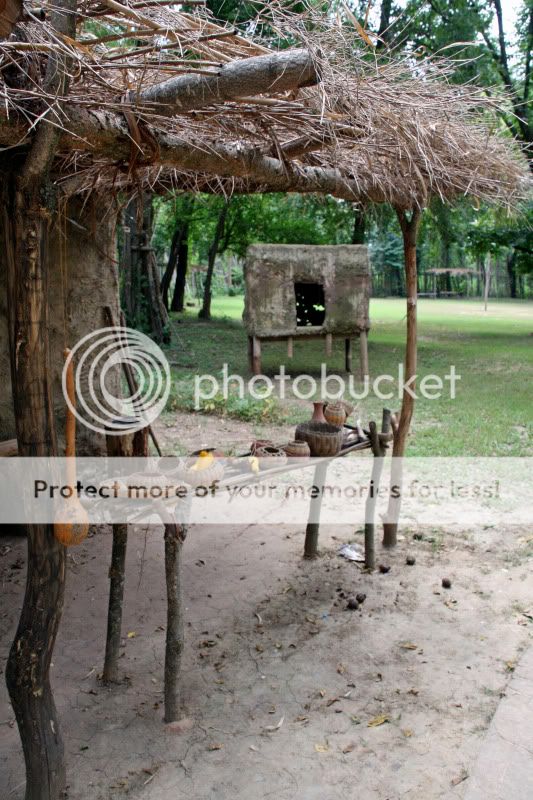
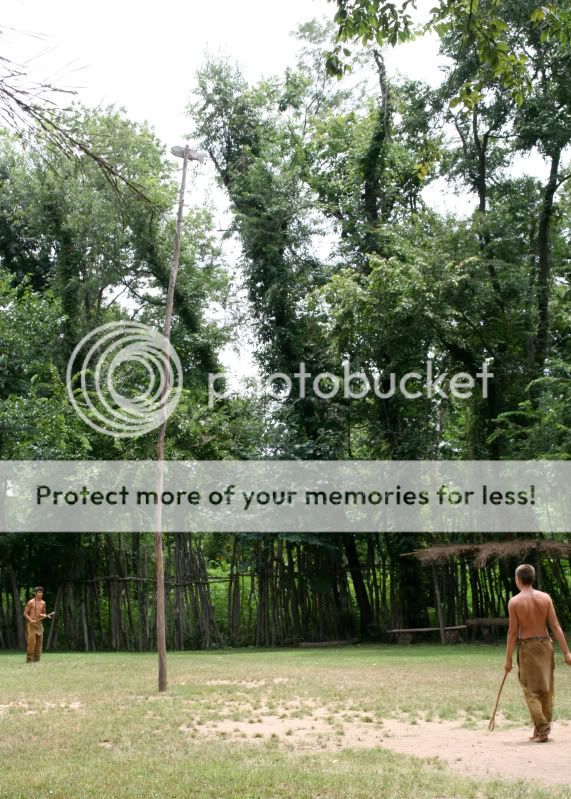
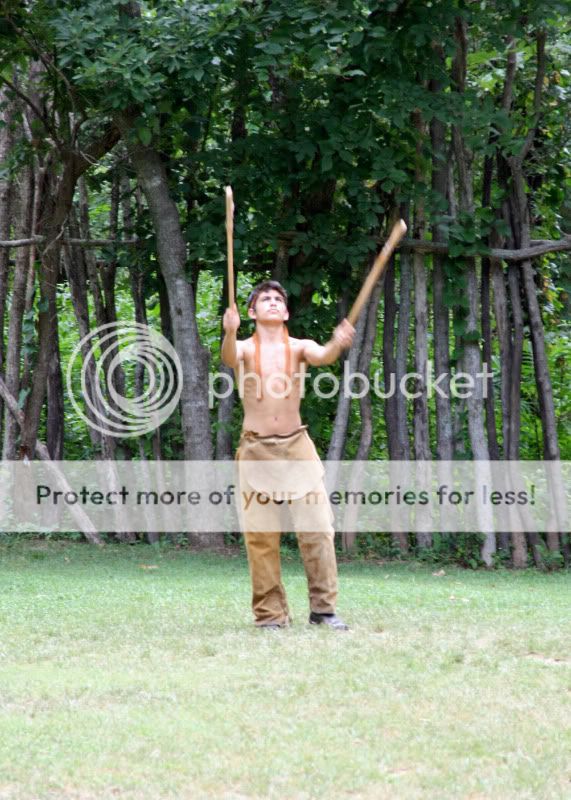
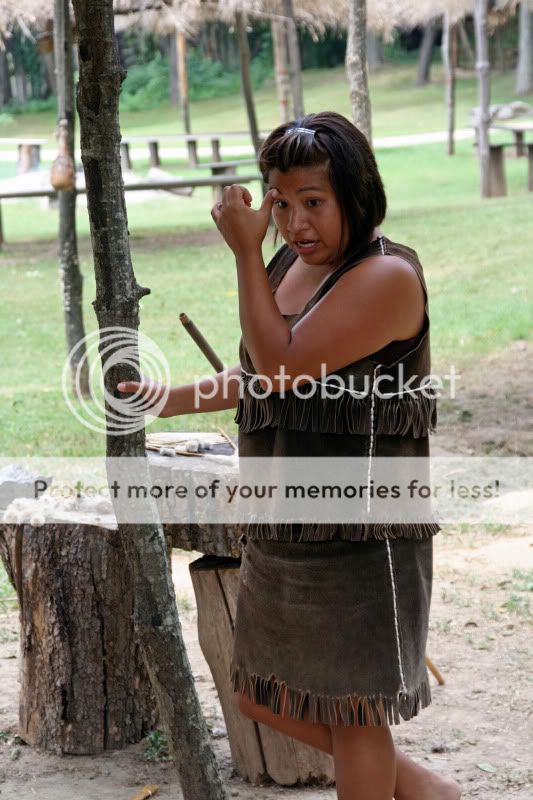
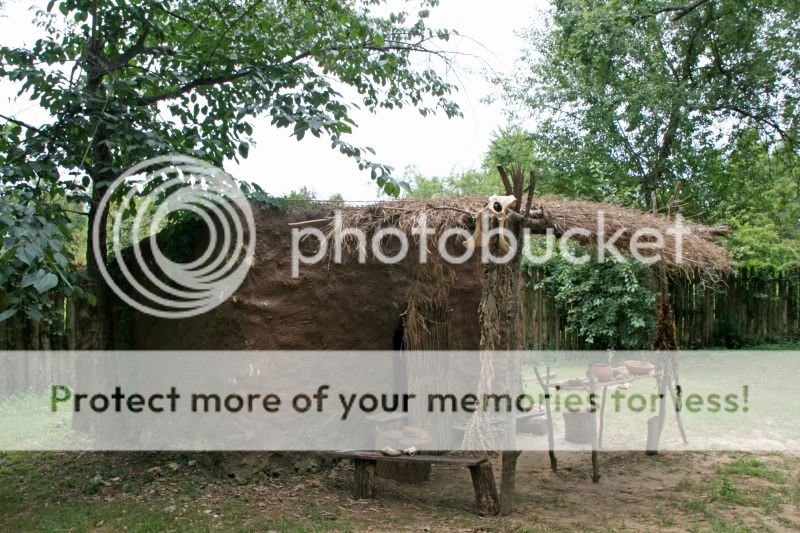
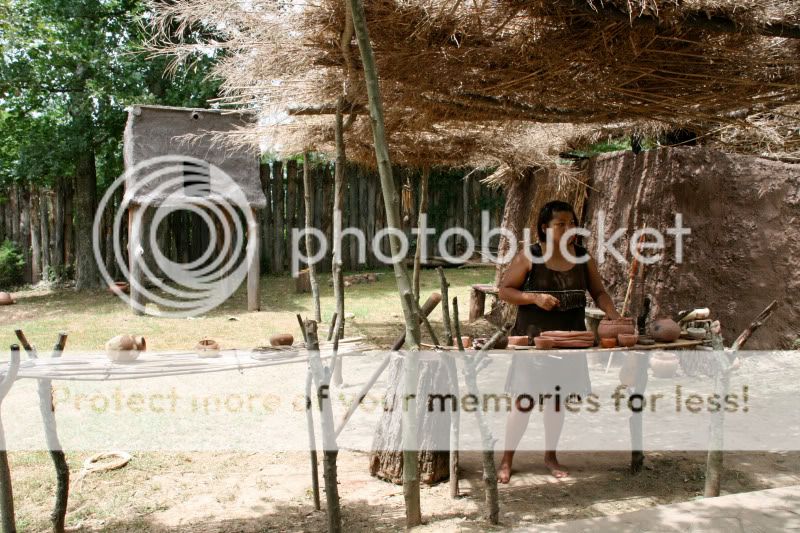
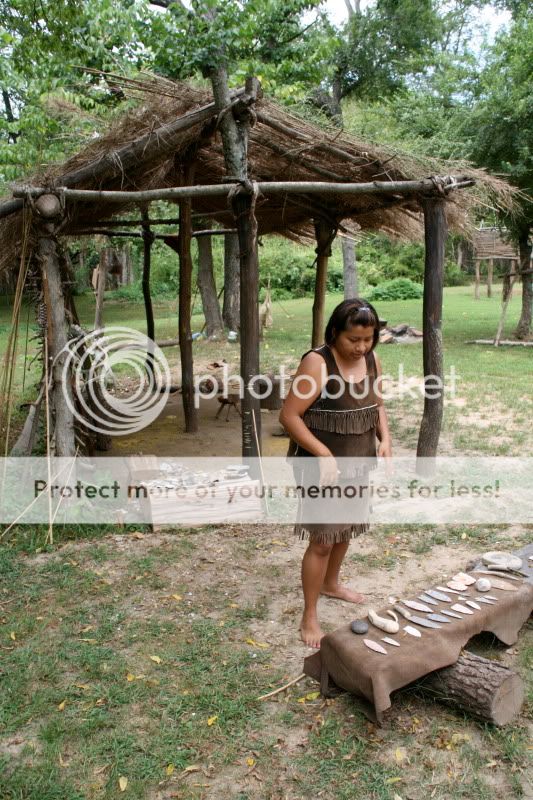
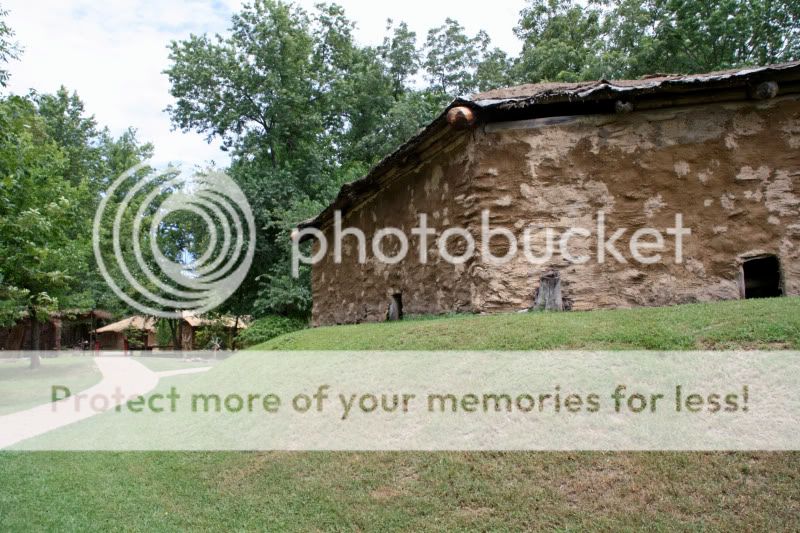
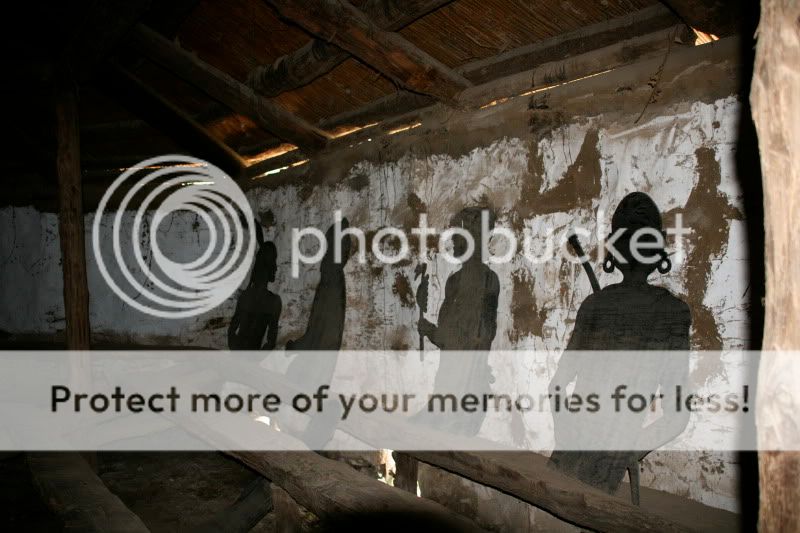
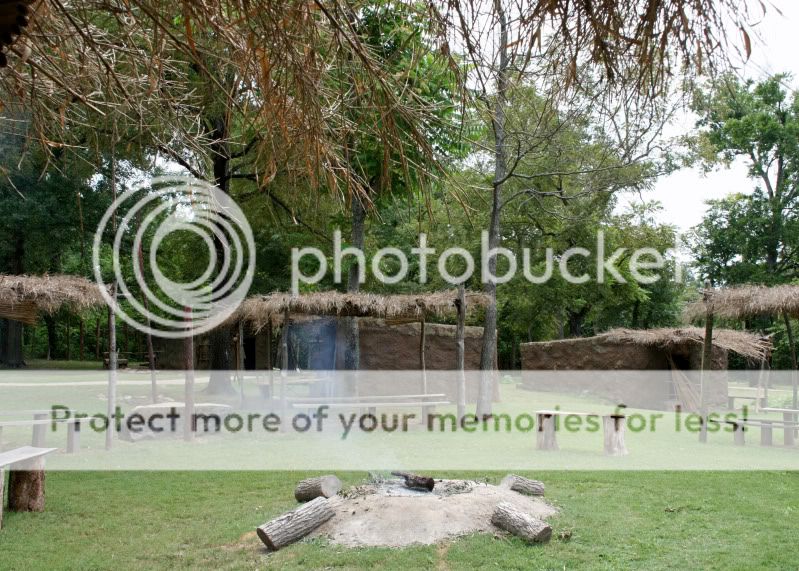
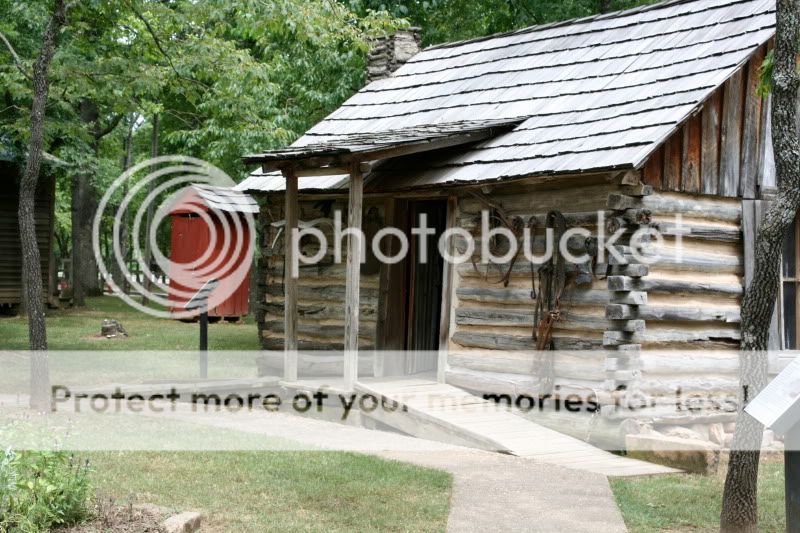
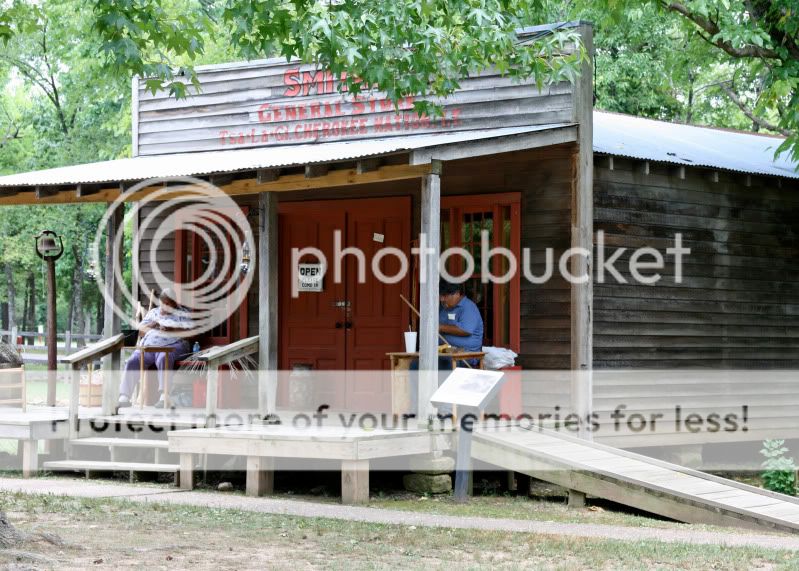
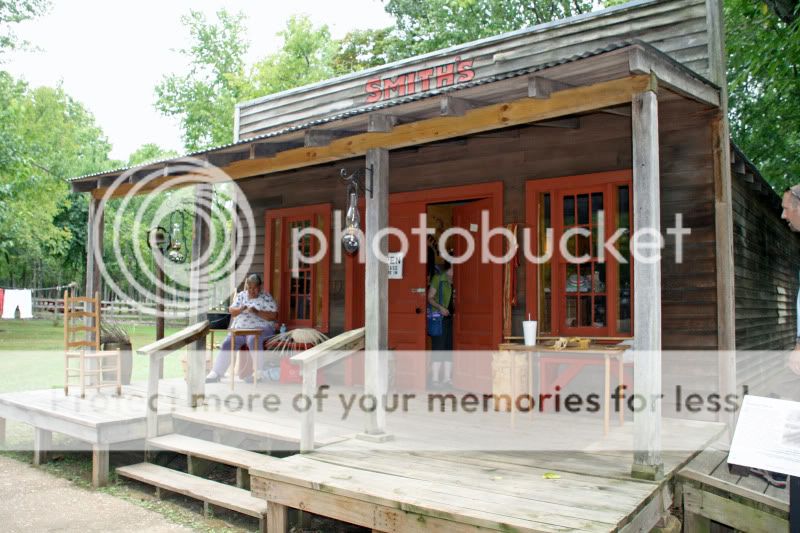
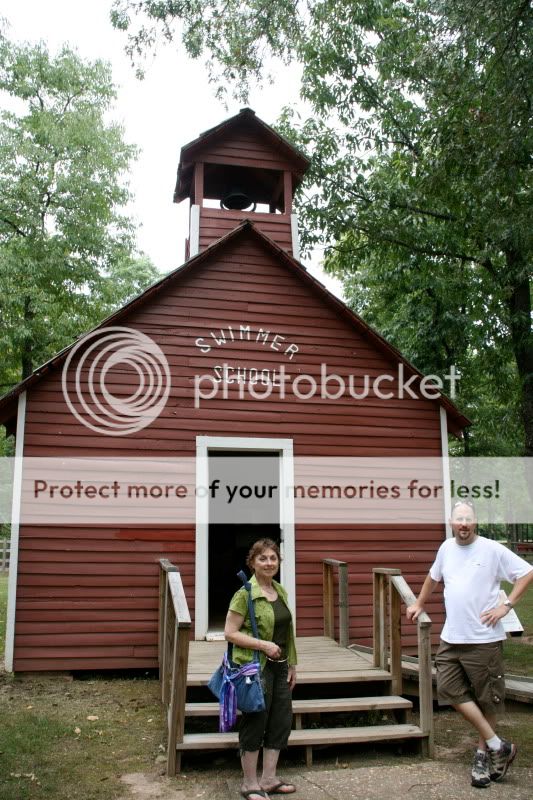
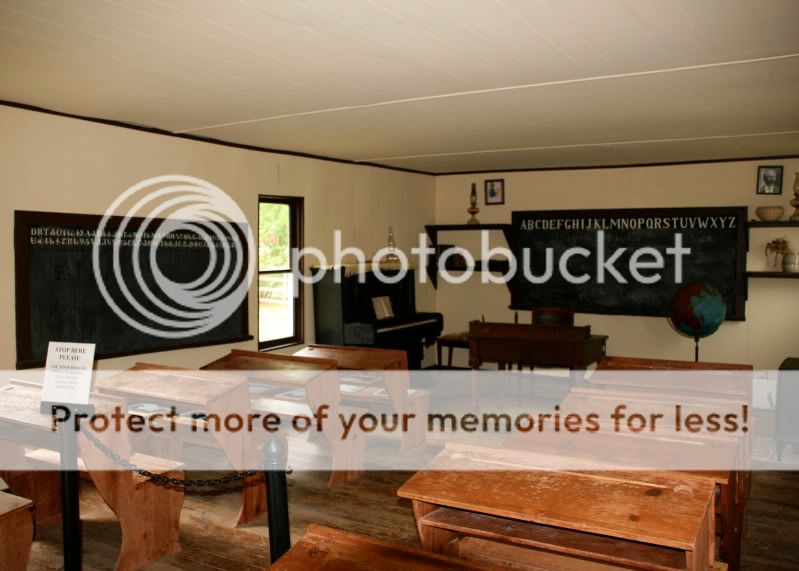
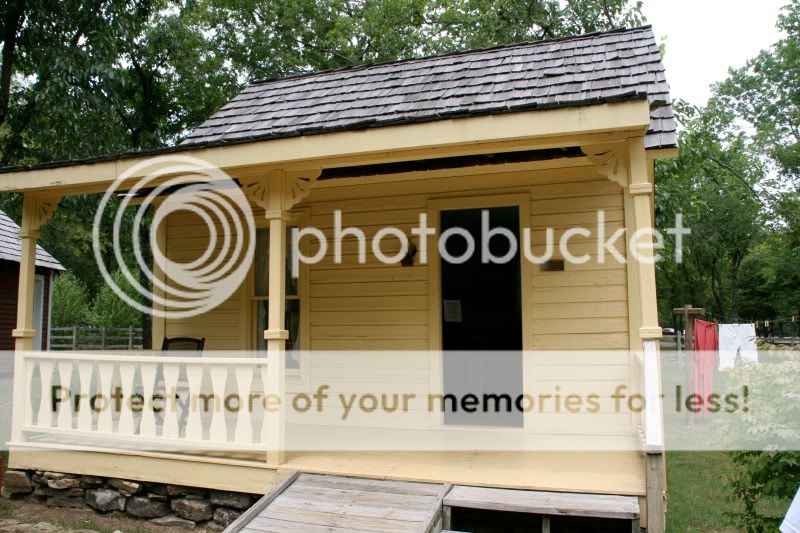
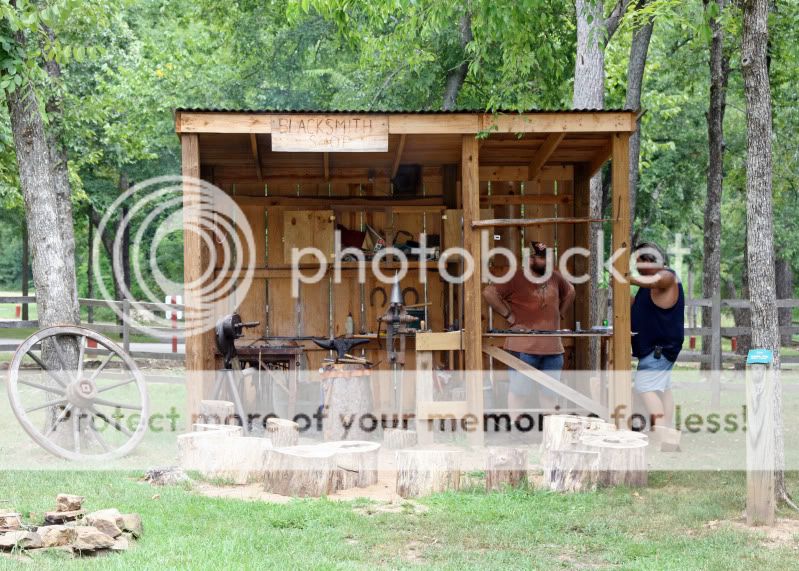
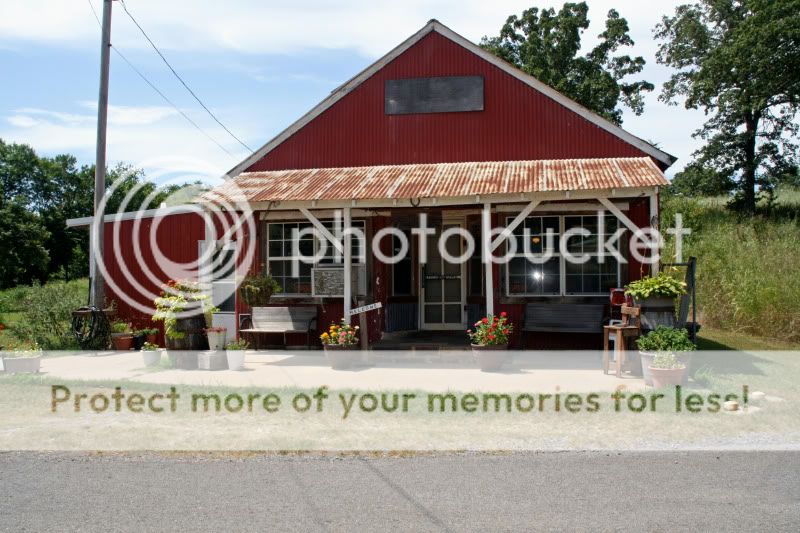
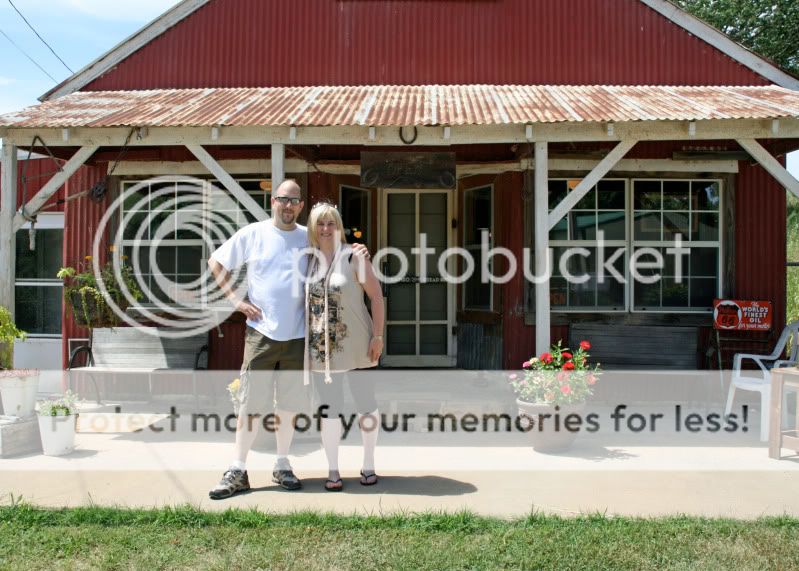
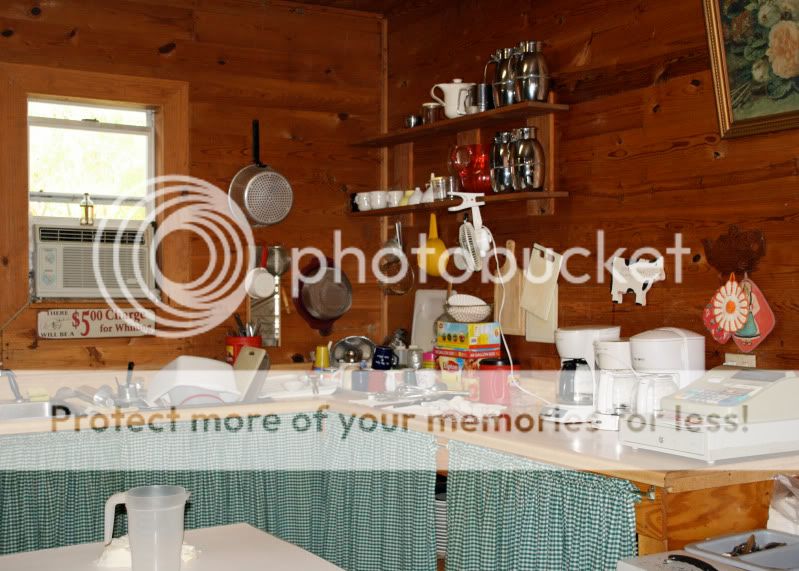
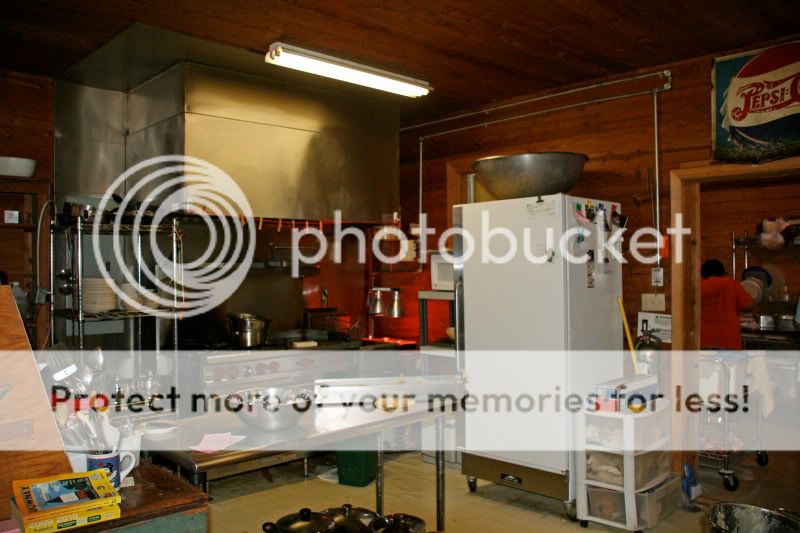
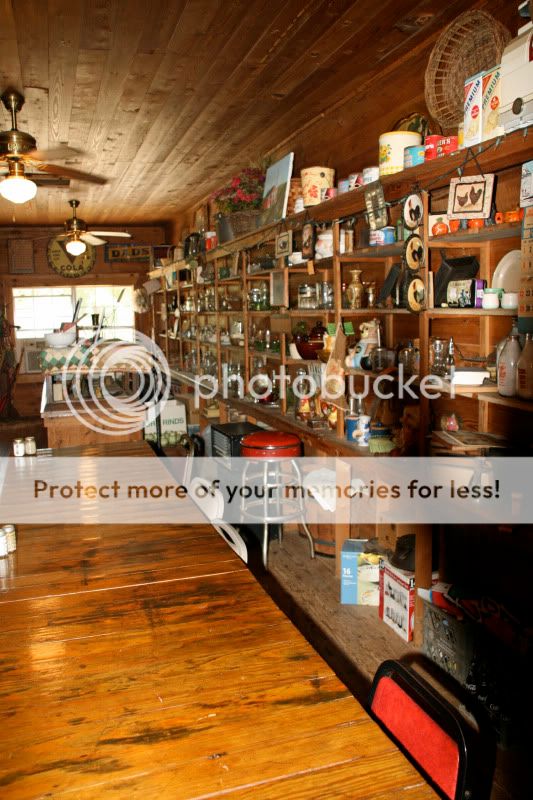
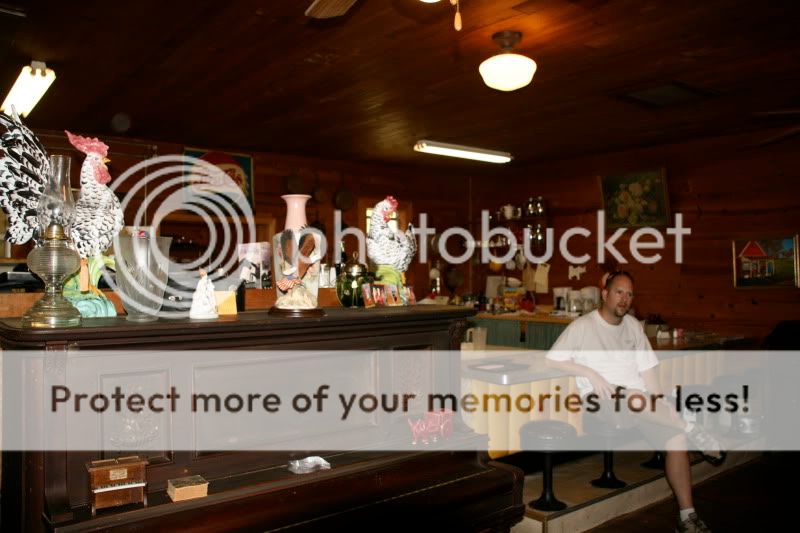
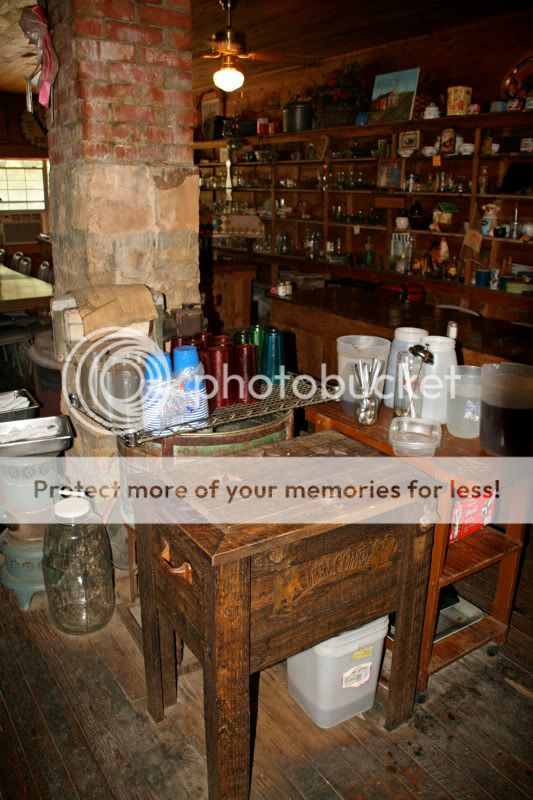
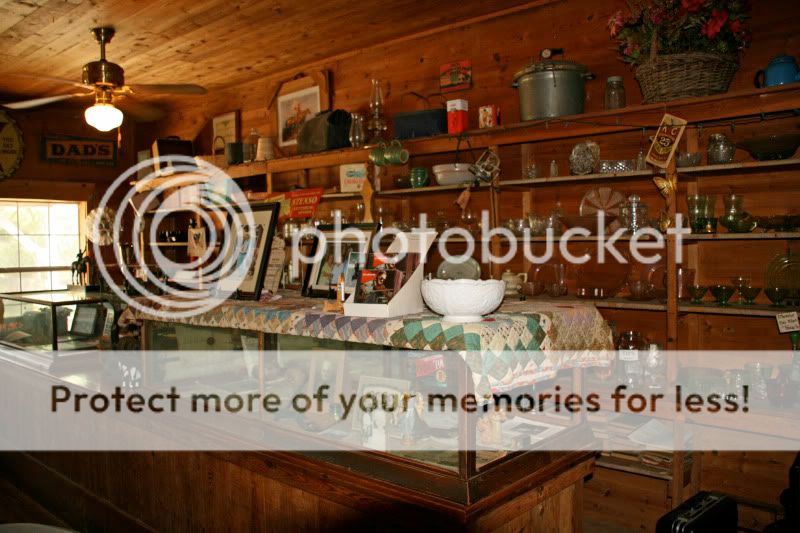
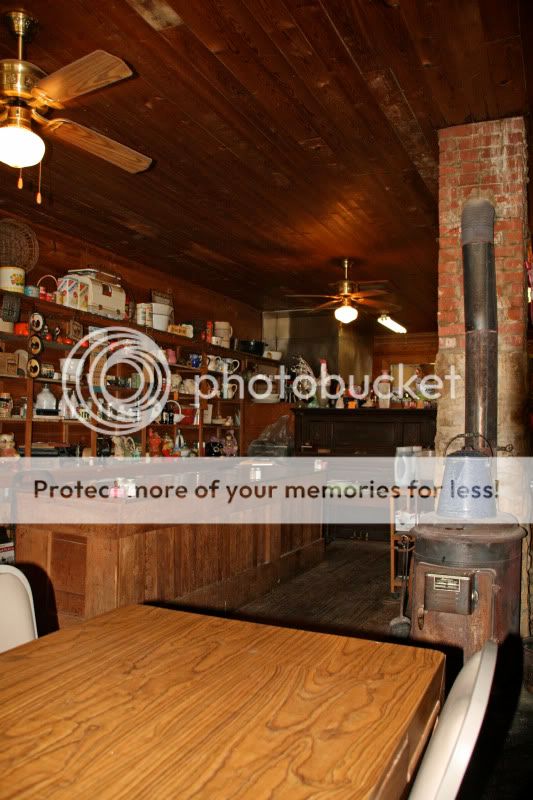
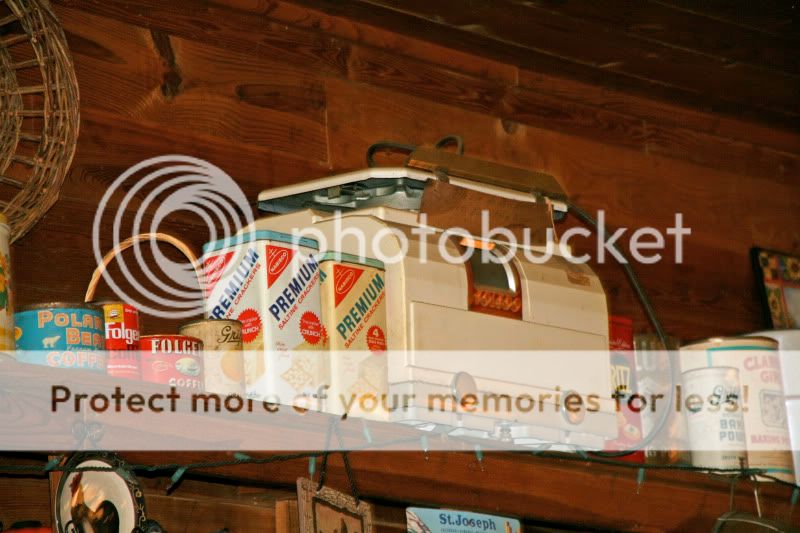
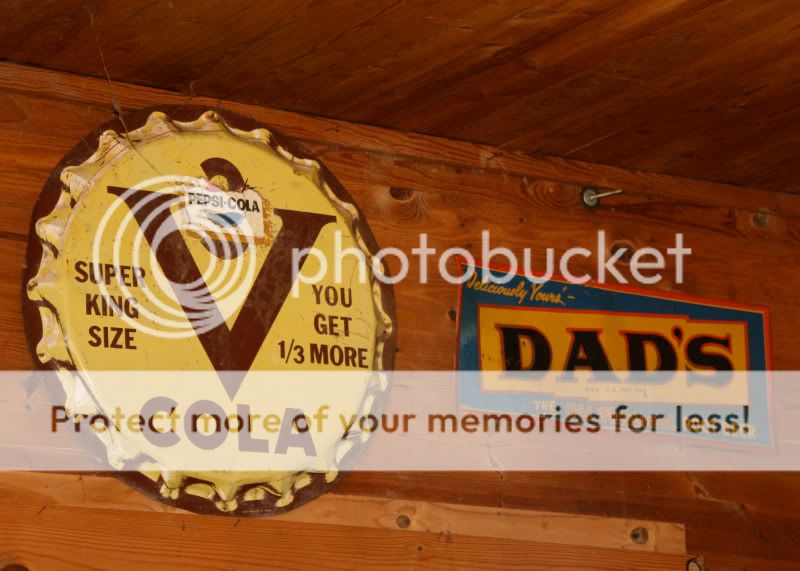
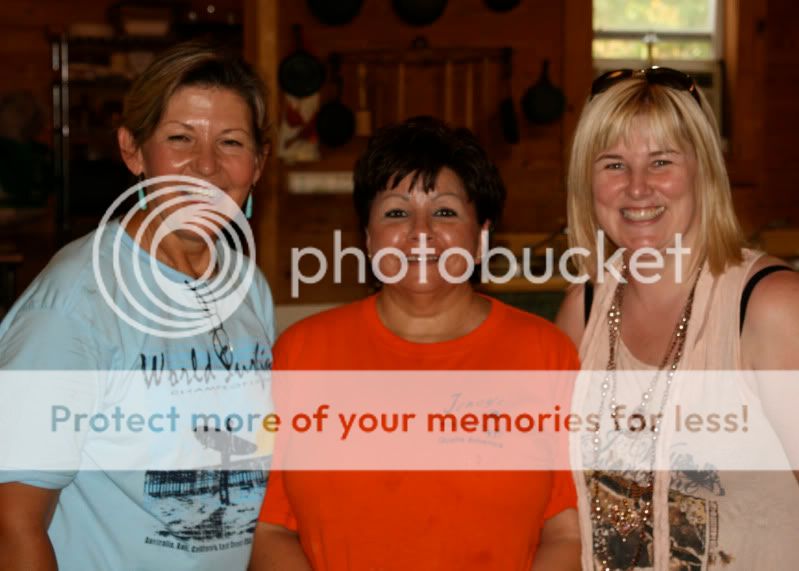
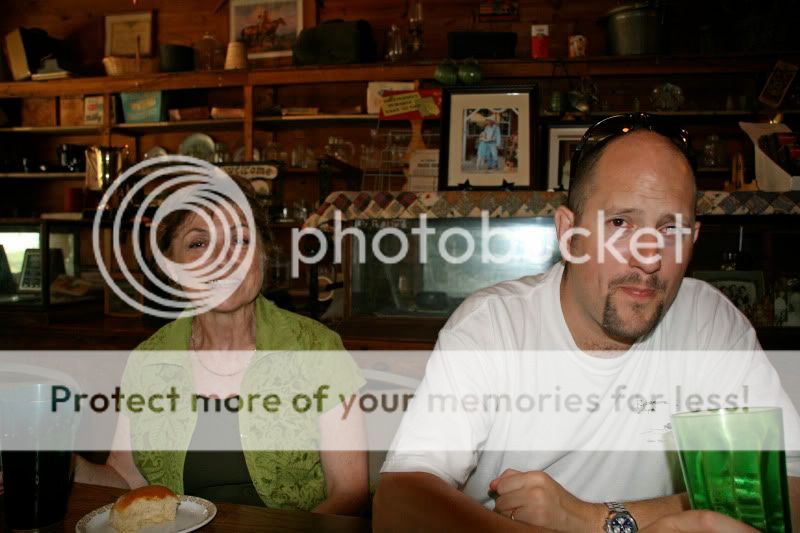
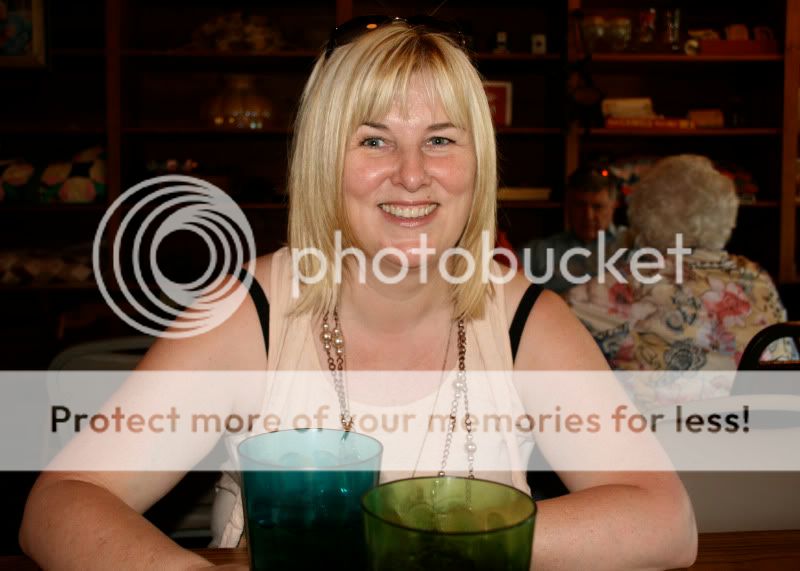

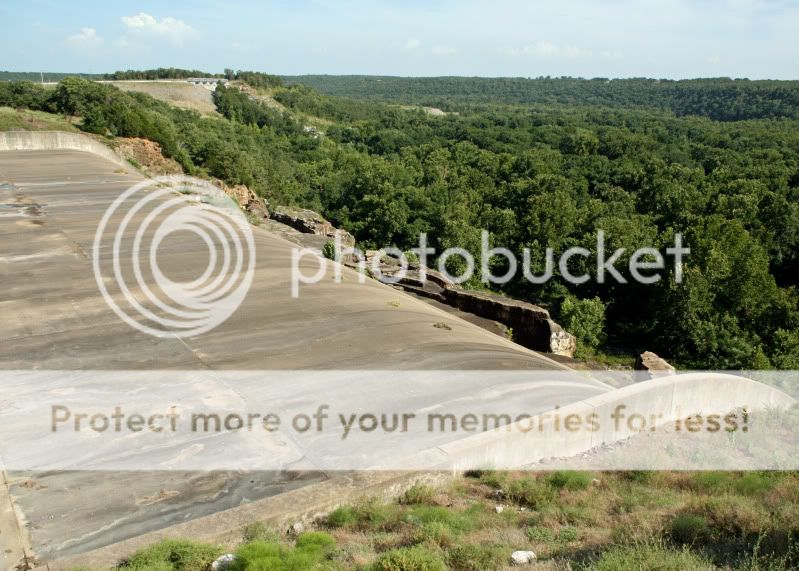

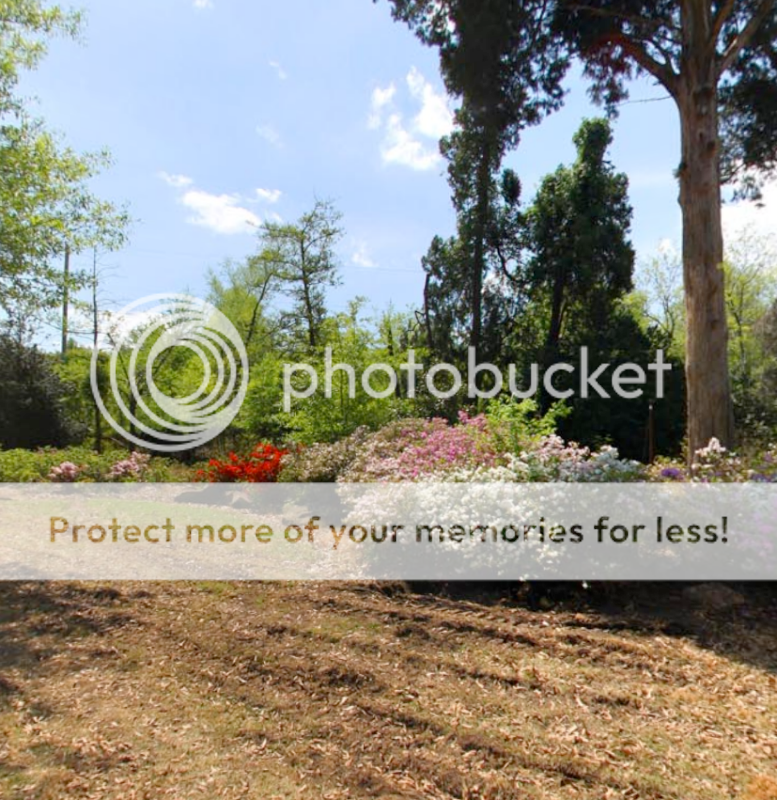
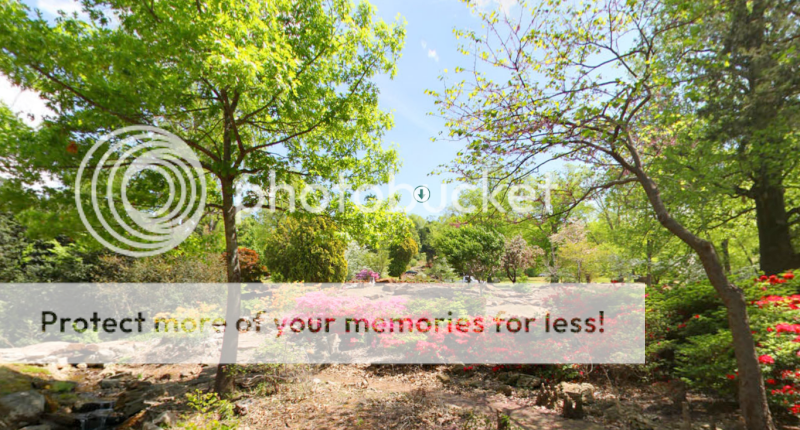
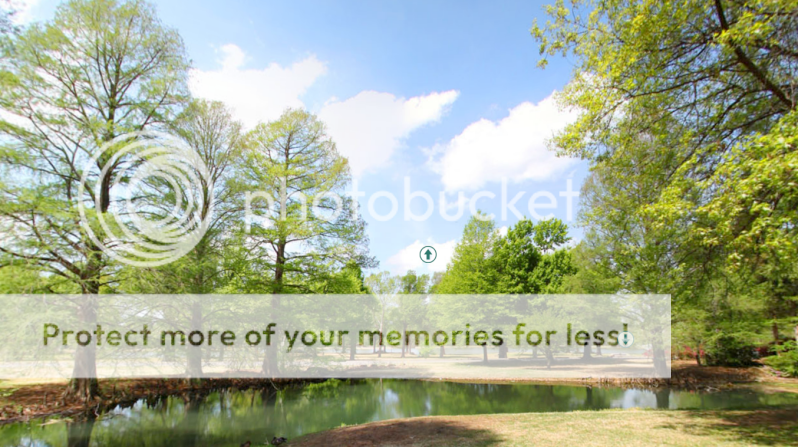
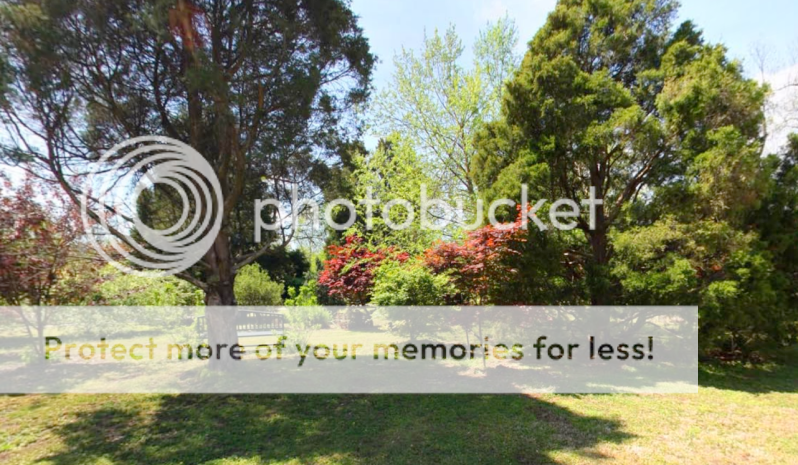
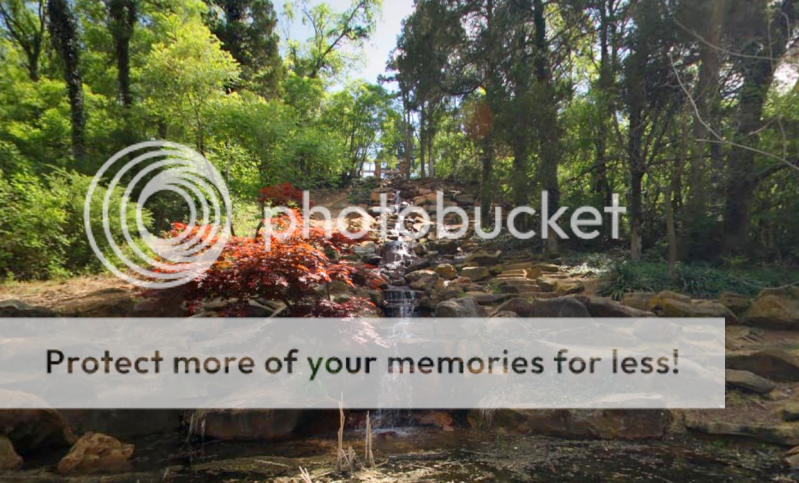
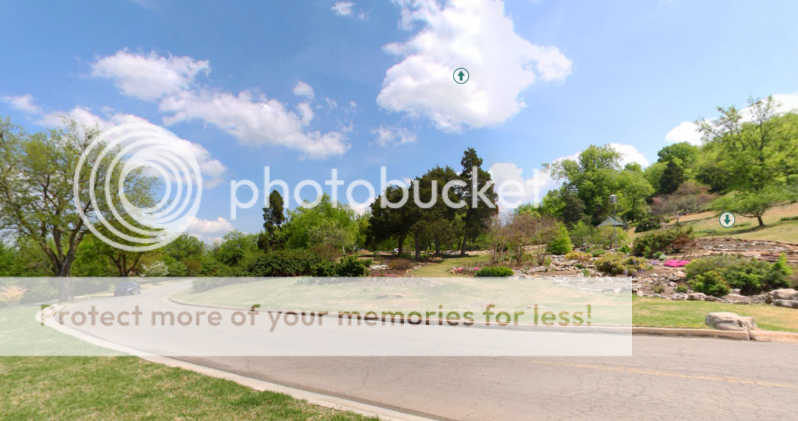
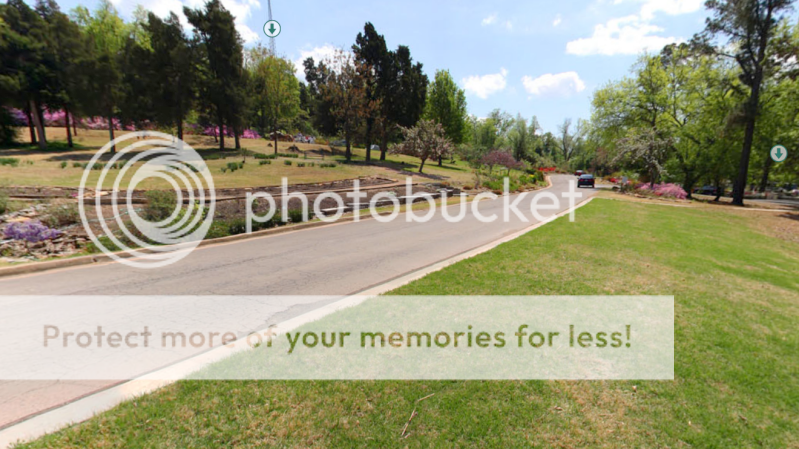
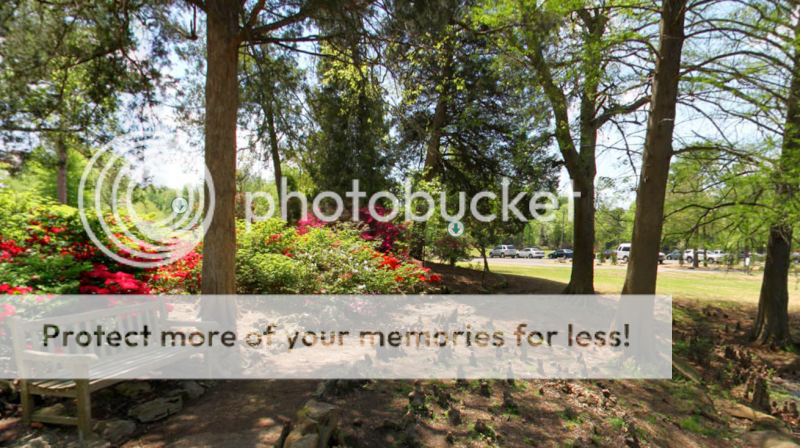
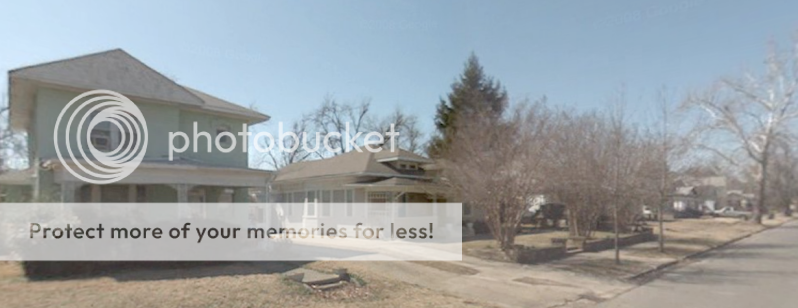
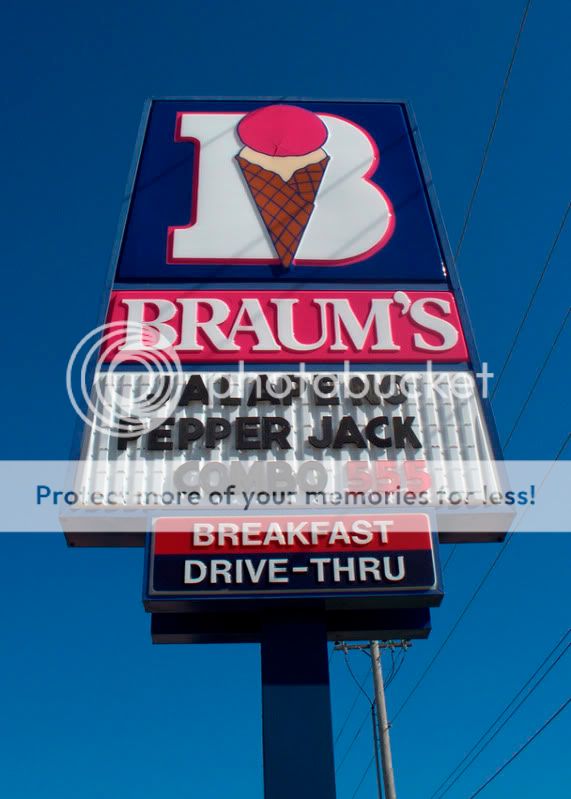
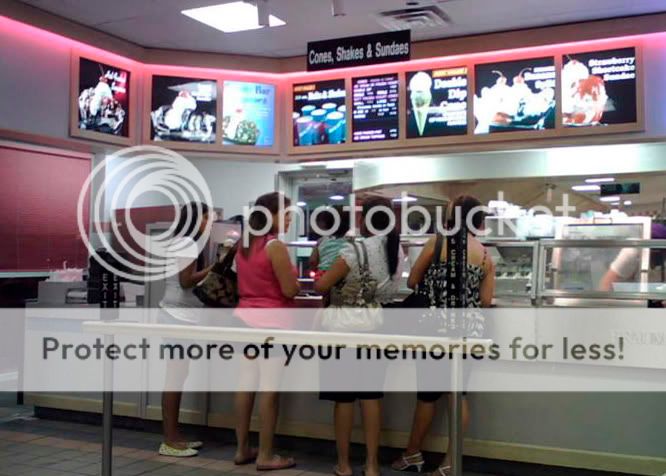
 I just stumbled on your post!
I just stumbled on your post!



 And as for your pictures .... they are incredible!
And as for your pictures .... they are incredible!